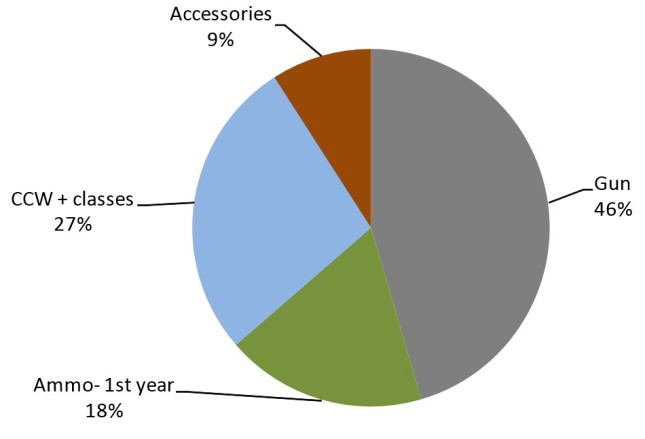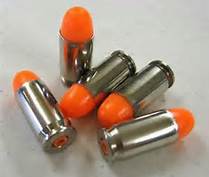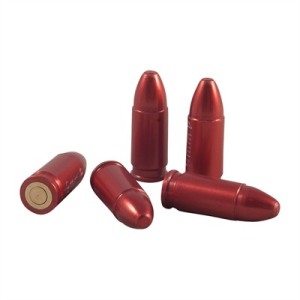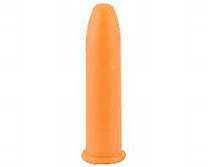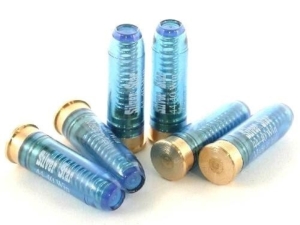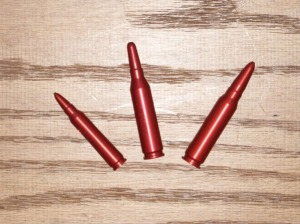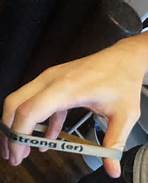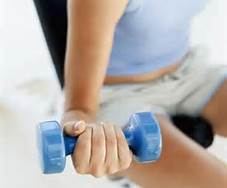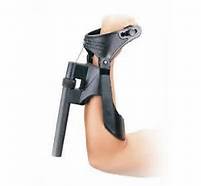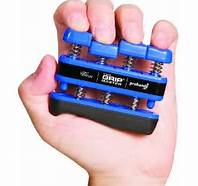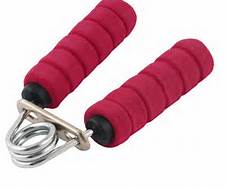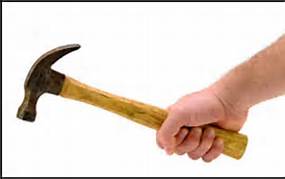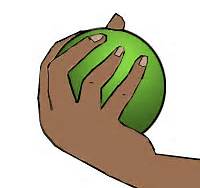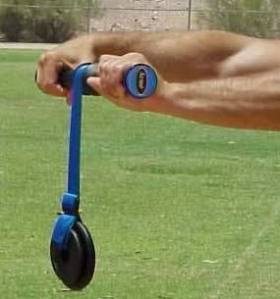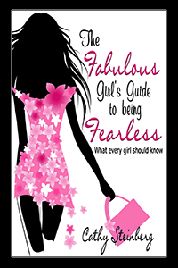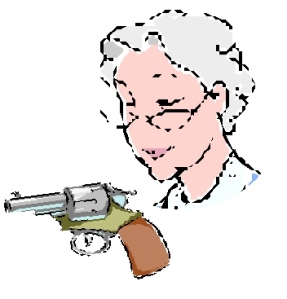 THE WHITE HAIRED SHOOTER
THE WHITE HAIRED SHOOTER
This is a continuation of the January 13th post: Are you thinking of buying/ carrying a gun?
It is obvious that the answer to the question: “How much will it cost to buy and carry a gun?” does not have a single or correct answer. There are way too many variables to consider, and arriving at that figure is a highly individual issue. It is based on everything from what you can afford to how you want to use and carry the gun.
But no matter how much you actually spend, it’s important to know that the price of the gun itself is only a portion of the total cost you need to consider. If you are going to own carry a gun, you will need some basic accessories, training, and permits. And if you are going to become a responsible gun owner, you will need to gain proficiency with the gun and that means regular practice. You will need to factor in the cost of ammunition, protective gear, and a place to shoot. You will also need some basic cleaning supplies.
NOTE: All of the items below vary widely in price and availability
…depending on location, the current market and availability, and where you can practice. But it is possible to use a “guesstimate” as a starting point to give you an idea of some of the upfront costs of gun ownership:
- Gun $500.00 probably somewhere between $250 to $750…
- Ammo-1st year* $200.00 based on 20-50 rounds a month, at $10-30 box…
- Permit & Classes $300.00 will vary widely depending on where you live….
- Accessories $100.00 holster, eye and hearing protection, cleaning supplies….
- TOTAL: $1,100.00 this is your guesstimate cost for the first year
Graphing these guesstimates gives a very rough/representative look :
About Cutting Corners to Lessen the Costs
Mature women, as a group, are generally considered “experts” at cutting corners and finding less expensive ways to get what we need and want. Looking for sales is definitely part of buying your gun. But as we have all learned “the hard way” you also can “GET WHAT YOU PAY FOR.” Please remember those hard won lessons and make sure you are really getting a genuine bargain.
When dealing with firearms and their accessories, it is extremely important to know what you are getting for your money. While there are a lot of nice, dependable guns out there for sale – both USED and NEW, there are also many cheaply made, broken, poorly maintained, and worn out ones as well. Seek out expert advice and counsel.
When you are getting that “bargain,” make sure it is quality as well. That is especially important when purchasing of ammunition. It may seem economical to use reloaded ammunition, but I believe it is always safest to make sure you know who has done the reloading, or learn to do it yourself. Beware of ammunition that may be for sale at a garage or yard sale. Not only may that be a illegal in some jurisdictions, but you have no idea of the conditions that it has been stored. When it comes to your gun and ammunition, I believe it is better to “bite the bullet” (pun intended!) and make sure you are getting a safe and reliable product than try to save a few dollars or cents. It may sound melodramatic, but you are investing in potentially saving and defending your own life and those of people you love.
Following the law when carrying and owning a borrowed gun
Some people may also consider borrowing someone else’s gun instead of – or delaying – purchasing their own. In many states there are no legal constraints to doing that. But that can be a very serious offense in other states that require registration of the actual guns that you carry. It is absolutely vital that you get to know the regulations and laws in your jurisdiction. Research on the internet as a start, but check in with your sheriff and/or police chief before you purchase or borrow a firearm for self defense in your home or to carry.
Even if it is a close relative letting you use the gun, also be aware that should you need to fire that gun in self defense, that gun can and may be confiscated by the authorities, depending on circumstances and jurisdiction.
Conversely, if you own a gun and want to loan it to someone else, treat it as you would any valued tool and “then some.” Make sure the borrower can legally have a weapon in their possession, and that they know how to safely handle a gun.
Take your time to obtain a gun
The initial expense of becoming a gun owner is quite steep. For those living on a tight budget it may take quite awhile to put away the money to own your own gun. But there is a lot you can do as you save up for the purchase… and by taking your time, you will be able to make a wiser choice and get “more bang” for your buck (apologies, there I go again,seems I just can’t help myself!). Eventually you will find the gun that is right for you, and with determination and perseverance you will be able to afford it. Put away a little faithfully, and it will build up.
While you are still in the beginning stages, here are some ideas:
- Research and become more familiar with the “language” and terminology of guns and ammunition. But please, use caution and your common sense when wading through the internet. Try to stick to MAJOR reputable sites and forums.
- Visit gun shows and gun shops, ask to handle the guns (ALWAYS ASK and check to see if it is okay before dry firing) and ask questions about ammunition.
- Rent a gun at a range, get to know which gun feels best as you shoot it.
- Take a basic pistol course, the instructor can supply a gun for your use and you can get the qualification you need for a concealed carry permit. Ask the instructor if he can give you a “senior discount” – many do (my husband certainly does)
- Find out what it takes to get a concealed carry permit in your state and county.
- Apply for your concealed carry permit after you meet all the qualifications.
A few links and resources:
Please note: Current (2014) availability and pricing is very volatile, and the following links are only meant to give general and comparative informational views on the subject. Please check out current pricing and availability as this changes quickly…
http://www.handgunlaw.us/ cost estimates of permits, and state legal information summary and links
Guns and Ammo forum Discussions on what ammunition should cost. information from 2013…. prices have increased
A Girl and a Gun Club Some information about different calibers and types of ammunition available
Maryland Shooters Club A comparative discussion and look at ammunition pricing… from 2011…. prices have increased
The Well Armed Woman where to start guide, including terminology
Women and Guns choosing a handgun
Texas Gun Talk How to choose a hand gun guide for new gun owners
The Truth About Guns Choose carefully when buying your first pistol
Happy and Safe shooting – Peggy
